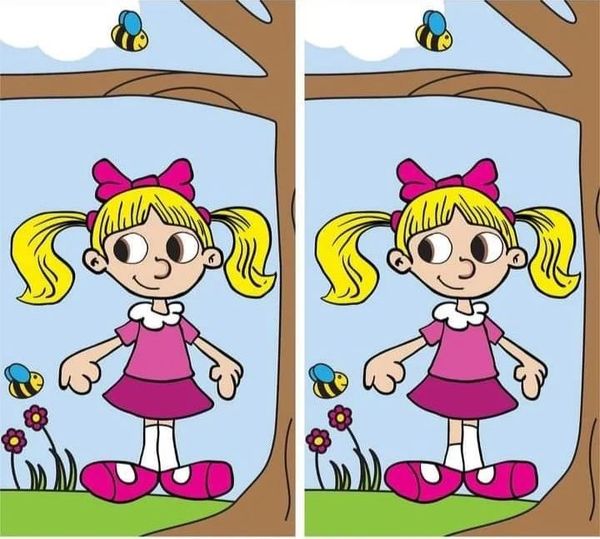Introduction to the Math Debate
Remember the last time a seemingly simple question turned into a full-blown debate? That’s precisely what’s happening with a math problem aimed at kids that has sparked heated discussions among parents, educators, and math enthusiasts alike. With so many different opinions on the right answer, it begs the question: how can something so simple create such a ruckus? Let’s dive into the details!

The Controversial Math Question
1. What’s the Question?
The math problem in question is designed for children but has stumped adults. It goes something like this: “If you have 3 apples and you take away 2, how many do you have?” Sounds straightforward, right? However, the answers people provide reveal a fascinating divide in thinking.
2. Different Perspectives
Some assert that the answer is one apple because that’s what remains after taking two away. Others argue that the correct answer is two apples because those are the ones taken. This discrepancy has led to intense discussions about logic and interpretation.
Understanding the Logic Behind the Answers
1. The Literal Interpretation
When asked, “How many do you have?” many people immediately think about what remains. In this case, if you take away two apples from three, you have one left. This is the literal interpretation that aligns with standard arithmetic principles.
2. The Contextual Interpretation
On the other hand, if you focus on the phrase “you take away,” it changes the perspective. The apples you’ve taken become yours, thus leading some to conclude that you now possess two apples. This interpretation emphasizes context over straightforward arithmetic.
Why This Debate Matters
1. Critical Thinking Skills
This debate showcases the importance of critical thinking and interpretation skills. It encourages children (and adults!) to think beyond simple calculations and consider different perspectives in problem-solving.
2. Engaging Learning Environment
By discussing such problems, educators can create engaging environments where students learn to articulate their reasoning and challenge one another’s thinking. It promotes healthy debate and encourages deeper understanding.
Tips for Teaching Kids Math
1. Emphasize Problem-Solving
Encourage kids to approach math problems from various angles. Instead of focusing solely on getting the right answer, promote the importance of understanding the reasoning behind their responses.
2. Foster Open Discussions
Create a classroom culture where students feel comfortable sharing their thoughts. Discussing different answers and methods can lead to richer learning experiences.
Common Math Misconceptions
1. Assumptions About Math
One common misconception is that there is always a single correct answer in math. This situation illustrates that, sometimes, context matters just as much as the numbers themselves.
2. Learning from Mistakes
Mistakes should be seen as opportunities for learning rather than failures. When students explore why they might have chosen one answer over another, it can deepen their understanding of mathematical concepts.
Engaging with the Debate
1. Join the Conversation
Encourage friends and family to weigh in on this math problem. See how various interpretations lead to different answers, and let the discussions flow!
2. Create Your Own Problems
Challenge yourself and others by coming up with similar ambiguous math questions. This can help sharpen reasoning skills and foster creative thinking.
Conclusion
Math doesn’t always have to be about getting the right answer; it can also be about exploring different perspectives and interpretations. The heated debate surrounding this simple question for kids serves as a reminder of the complexity and richness of mathematical thinking. So, the next time you encounter a math problem, remember to dig a little deeper and enjoy the journey of discovery!

